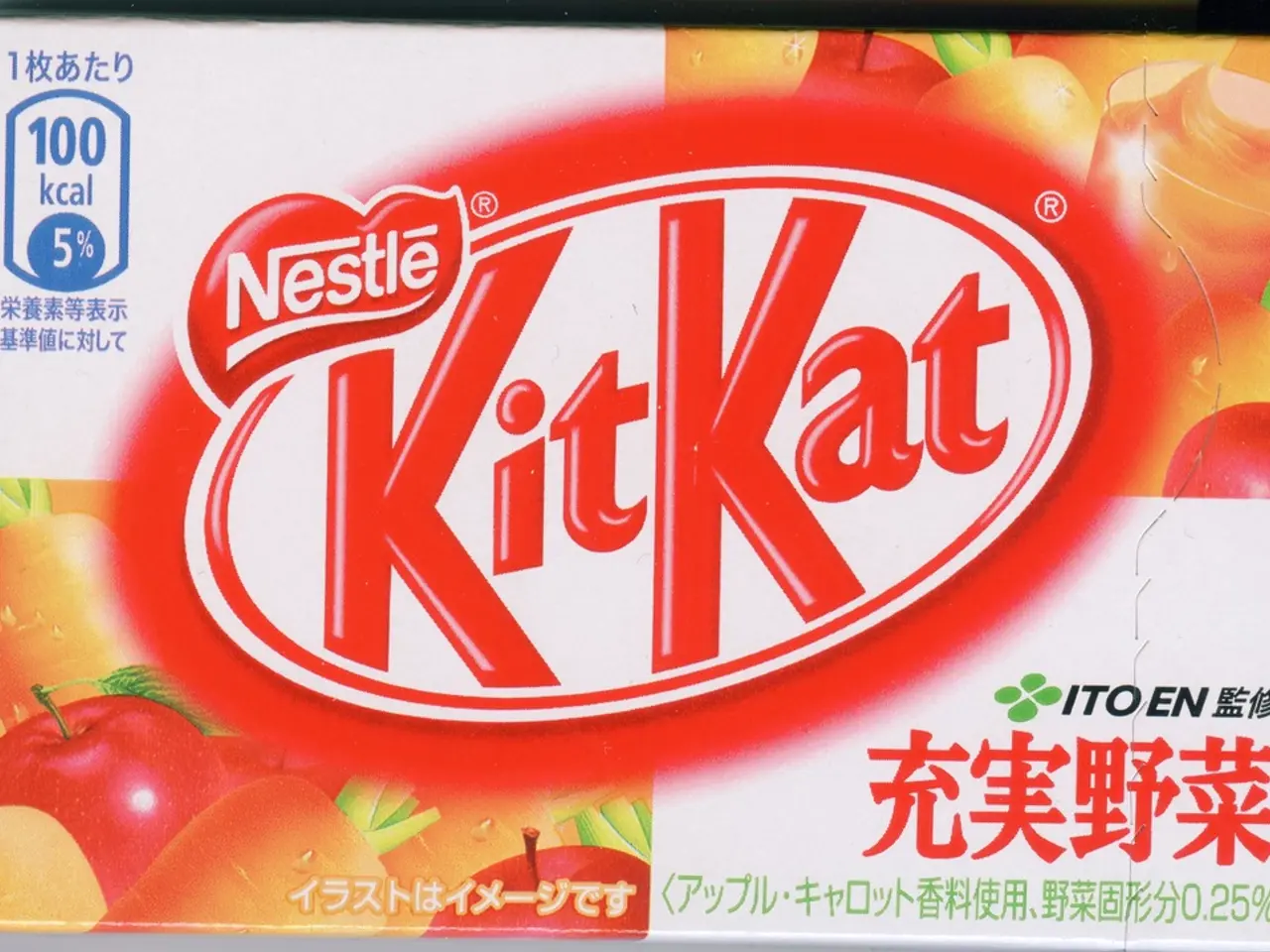Treatment Options for Psoriasis: Focus on IL-23 Inhibitors
In the ongoing quest to manage moderate to severe psoriasis, a chronic autoimmune condition characterised by red, scaly patches on the skin, medical advancements have led to the development of Interleukin-23 (IL-23) inhibitors. These biologics, such as risankizumab (RZB) and guselkumab (GUS), have proven effective in treating not only psoriasis but also psoriatic arthritis.
While the specific side effects of IL-23 inhibitors may not be exhaustively listed, their safety profiles compare favourably to older treatments like TNF-alpha inhibitors. However, it is important to note that common side effects associated with biologics used for psoriasis treatment, such as infections, are to be expected.
Infections, in fact, have been identified as the most common adverse events associated with IL-23 inhibitors, with the majority being mild and not leading to serious complications. Other general side effects of biologics, including reactions at the injection site, headaches, rash, and a risk of serious infection, can also occur.
Before prescribing an IL-23 inhibitor, doctors are advised to evaluate the patient's metabolic health, complete blood count, check for latent tuberculosis, hepatitis B, and hepatitis C, treat any active infections, and monitor the patient for side effects during treatment.
It is essential to remember that IL-23 inhibitors target a cytokine called IL-23, which plays a role in inflammation. The Food and Drug Administration (FDA) has approved three types of IL-23 inhibitors for the treatment of moderate to severe psoriasis in adults.
However, more research is necessary to confirm the safety of IL-23 inhibitors for women who are pregnant or breastfeeding. Additionally, researchers need to evaluate the long-term safety of IL-23 inhibitors, including the risk of cancers. In rare cases, people taking IL-23 inhibitors may experience serious allergic reactions.
IL-23 inhibitors are not the only biologics used to treat moderate to severe psoriasis. Other approved biologics include Tumor necrosis factor (TNF)-alpha inhibitors, IL-17 inhibitors, IL-12/IL-23 inhibitor, and a phosphodiesterase 4 (PDE4) inhibitor.
When deciding which treatment to try, doctors and individuals may take into account how well previous treatments worked, the person's health conditions, preferences for treatment administration, out-of-pocket costs, and exposure to prior biologics.
Two self-injectable IL-23 inhibitors on the market are Ilumya and Risankizumab-rzaa (Skyrizi). Ilumya requires one injection at the start of treatment, once at 4 weeks, and once every 12 weeks from then on, while Skyrizi requires a standard dosage of an injection of 150 milligrams at the start of treatment, at 4 weeks, and every 12 weeks thereafter.
In addition to infections, other potential side effects of IL-23 inhibitors include fatigue, headaches, joint pain, and injection-site reactions. Taking IL-23 inhibitors may increase the risk of infections, such as upper respiratory infections, certain fungal infections, herpes simplex infections, and infectious diarrhea.
In animal models, blocking IL-23 does not appear to cause cancer. Nevertheless, the long-term safety of IL-23 inhibitors in humans is still under investigation.
The American Academy of Dermatology and the National Psoriasis Foundation advise doctors to manage the risks associated with IL-23 inhibitors. For mild to moderate psoriasis, light therapy or topical medications may be sufficient. However, moderate to severe cases may require biologics.
Guselkumab (Tremfya), another self-injectable IL-23 inhibitor, requires a standard dosage of one injection at the start of treatment, one injection in the fourth week, and one injection every 8 weeks afterward.
In conclusion, while IL-23 inhibitors offer a promising treatment option for moderate to severe psoriasis, it is crucial to understand their potential side effects and risks. Consulting with a healthcare professional is essential to make an informed decision about treatment.
- Dermatology research has led to the development of Interleukin-23 (IL-23) inhibitors, such as risankizumab (RZB) and guselkumab (GUS), for treating psoriasis and psoriatic arthritis.
- These biologics, while generally safe, may cause common side effects like infections, reactions at the injection site, headaches, rash, and a risk of serious infection.
- Before prescribing an IL-23 inhibitor, doctors should evaluate a patient's health, check for latent tuberculosis, hepatitis B, and hepatitis C, treat any active infections, and monitor the patient for side effects during treatment.
- The Food and Drug Administration (FDA) has approved three types of IL-23 inhibitors for treating moderate to severe psoriasis in adults, making them part of the medical-conditions and health-and-wellness solutions for skin-care.
- Other therapies and treatments for psoriasis include Tumor necrosis factor (TNF)-alpha inhibitors, IL-17 inhibitors, IL-12/IL-23 inhibitors, and a phosphodiesterase 4 (PDE4) inhibitor.
- In considering which treatment to use, doctors and individuals should weigh factors like how well previous treatments worked, health conditions, treatment administration preferences, out-of-pocket costs, and exposure to prior biologics.




